There is no question that the dairy cattle breeding industry has seen significant changes in recent years. But the biggest changes may still be yet to come. Why you ask? Well let’s look at what has happened with the introduction of GMOs to the corn/maize industry over the past 30 years has done to the corn breeding marketplace, and we will see the future of what will happen to the dairy industry.
Corn and the Introduction of GMO’s
Genetically Modified Organisms (GMOs) have played a transformative role in the agricultural landscape, particularly in the corn industry. The introduction of genetically modified corn varieties has brought about significant changes in crop yields, pest resistance, and overall agricultural practices.
Let’s explore the impact of GMOs on the corn industry, examining both the benefits and challenges associated with their adoption.
- Increased Crop Yields: One of the primary ways GMOs have revolutionized the corn industry is through increased crop yields. Genetically modified corn varieties are designed to be more resilient in the face of environmental challenges, such as drought and pests. This enhanced resilience has led to higher yields per acre, allowing farmers to produce more corn with the same or fewer resources.
- Pest Resistance: GMO corn varieties often incorporate traits that make the plants resistant to specific pests. For example, the introduction of Bt corn, which produces a toxin lethal to certain insect pests, has significantly reduced the need for chemical pesticides. This has not only lowered production costs for farmers but also lessened the environmental impact associated with traditional pest control methods.
- Herbicide Tolerance: Another crucial aspect of GMOs in the corn industry is the development of herbicide-tolerant varieties. Corn engineered to withstand specific herbicides allows farmers to control weeds more effectively, simplifying weed management and reducing the need for labor-intensive cultivation practices. This has streamlined corn farming operations, making them more efficient and cost-effective.
- Economic Impact on Farmers: The adoption of GMOs has had a profound economic impact on corn farmers. Increased yields and reduced production costs have contributed to higher profits for many farmers, particularly those who embraced genetically modified varieties. However, the economic benefits have not been uniform, and some farmers have faced challenges related to seed costs, intellectual property issues, and market dynamics.
- Controversies and Public Perception: Despite the undeniable benefits, GMOs in the corn industry have also stirred controversies and faced public scrutiny. Concerns about the environmental impact, potential health risks, and the concentration of seed ownership by biotechnology companies have led to debates about the ethical and social implications of widespread GMO adoption.
Balancing the advantages of GMOs with ethical considerations remains an ongoing challenge for the corn industry.
Biotechnology Companies Take Complete Control
Genetically modified corn has undeniably transformed the corn industry, offering solutions to longstanding challenges, and significantly impacting agricultural practices. The increased crop yields, pest resistance, and herbicide tolerance associated with GMOs have reshaped the landscape of corn farming. But along the way another major change has occurred. Corporations like Monsanto (now part of Bayer), DuPont Pioneer (now part of Corteva Agriscience), and Syngenta have invested heavily in genetic engineering technologies to develop genetically modified (GM) corn varieties. These companies hold complete control over the market due to their ownership of patented genetic traits and seed technologies.
The control exerted by biotechnology companies is rooted in intellectual property and patents. These companies invest substantial resources in research and development to create genetically modified traits that confer benefits such as pest resistance, herbicide tolerance, and increased yield. By patenting these traits, they gain exclusive rights to sell seeds containing those genetic modifications, allowing them to control the corn breeding market.
As a result of this control, the corn breeding market has seen massive consolidation, with major seed companies merging or acquiring smaller rivals. This consolidation has led to a concentration of market power in the hands of a few large corporations. While this can bring about efficiency and scale, it also raises concerns about reduced competition, potentially limiting choices for farmers and influencing seed prices.
Dairy Already Following the Corn Trend
The changes have already started in the dairy industry. The introduction of such technologies as genomics and sexed semen has seen companies such as Inguran LLC, the parent company of Sexing Technologies have seen insane growth in the genetics marketplace. They have gone from having to start a semen sales division to get top sires available by sexed semen, to now pretty much all AI companies only allowing sexed semen use of their very top sires. Sexed semen sales have led to dairy AI companies selling more units of beef semen than they do of dairy.
Master Breeder Killed in Triple Homicide
The dairy cattle breeding industry has been significantly impacted by technologies like genomics, IVF and Sexed Semen, as well as the ownership of genetic rights and females by AI companies. While it was initially believed that AI units would cash in on the exclusive use of genomic information, this was short-lived as they had to control their costs of sire acquisition and started buying their own females. This has led to a triple homicide of the dairy cattle breeding industry, with only a few global companies owning the top genetics. AI companies now own the rights to early-release semen, which is more advantageous to them than to breeders. This has led to AI companies forcing breeders to sign contracts that give exclusive rights for the resulting animals to AI companies. As the rate of genetic gain increases, AI companies will continue to dominate the industry, limiting breeders’ options and potentially leading to their downfall. Read more: https://www.thebullvine.com/the-bullvine/master-breeder-killed-in-triple-homicide/
Gene Editing in Dairy
There is no question that the ability to edit the genes has significantly changed the corn industry. The question now becomes how long until gene editing is allowed in the dairy industry? The regulations and policies regarding gene editing in dairy cattle vary across different countries and regions. In some regions, there are established regulatory frameworks governing the use of gene editing technologies in agriculture, including dairy cattle. These regulations typically address concerns related to the safety of the edited organisms, environmental impacts, and ethical considerations.
Currently:
- United States: The U.S. Food and Drug Administration (FDA) oversees the regulation of genetically engineered animals. The FDA has indicated that animals modified using gene editing technologies may not need the same level of regulatory scrutiny as those modified using traditional genetic engineering methods. However, the specific regulations may vary based on the nature of the modification.
- European Union: The regulatory landscape in the EU is more cautious regarding genetically modified organisms (GMOs). As of my last update, the EU’s stance on gene-edited organisms was under discussion, and there was an ongoing debate about whether organisms produced through gene editing should be subject to the same regulations as traditional GMOs.
- Other Countries: Different countries have taken varied approaches to regulating gene editing in agriculture. Some have embraced the technology with specific guidelines, while others have imposed stricter regulations or outright bans.
It is important to note that we will soon see the introduction of gene editing to the marketplace in the swine industry which will give a clear indication to the dairy industry of how soon it will be introduced into dairy animal agriculture.
Niche is the future of pedigree breeders.
While biotechnology companies dominate the corn breeding market, public institutions and universities also play a crucial role in corn breeding. Publicly funded research contributes to the development of non-GMO varieties, promoting genetic diversity and serving the interests of farmers who may prefer conventional or organic farming practices. However, these public institutions often face budget constraints, limiting their ability to compete with the resources of private biotechnology companies. When thinking of how this will unfold for the dairy industry there will be the potential for a few other breeding programs to survive. If they model the non-GMO market of the corn industry and service, this will be a much smaller niche.
The Bullvine Bottom Line
In looking at what has happened to the corn industry and when gene editing is allowed in dairy cattle, the industry will see its greatest changes in history. Similar to the corn industry when dairy cows become twice as productive and more importantly way healthier how long until the large dairy pharma companies like Zoetis (already largest provider of genomic testing in dairy), MSD animal health, Boehringer Ingelheim, Elanco and Covetrus follow the lessons of Monsanto/Bayer, DuPont Pioneer (now part of Corteva Agriscience), and Syngenta and take complete control.
Get original “Bullvine” content sent straight to your email inbox for free.








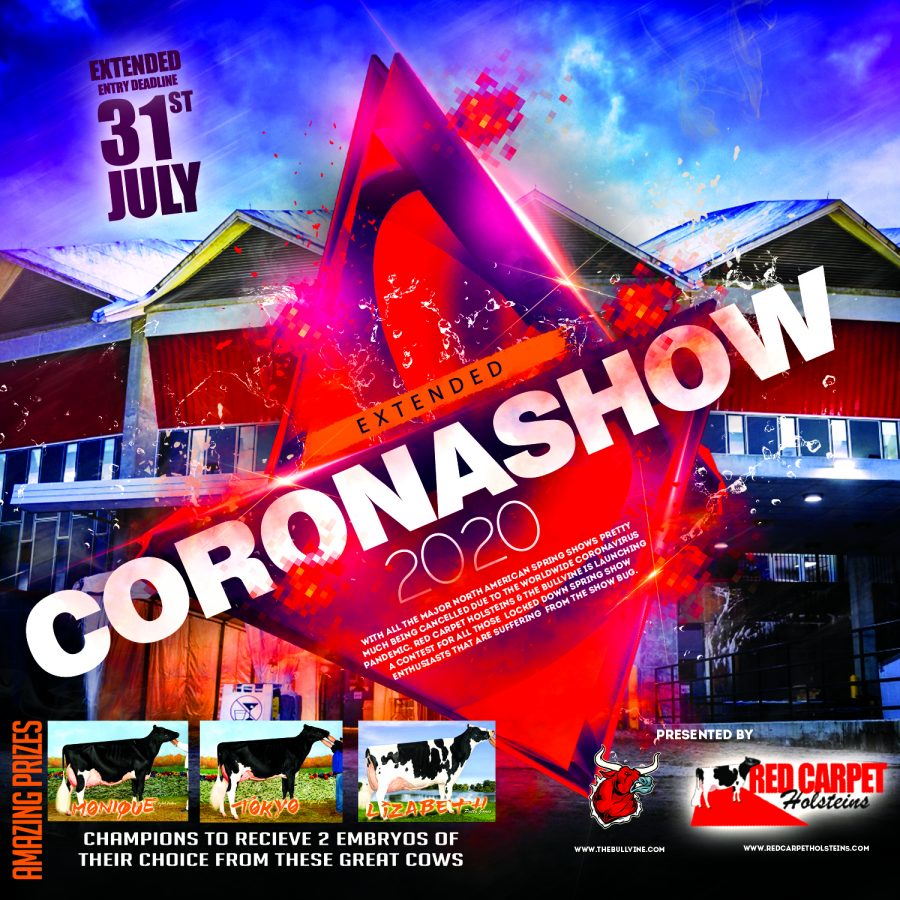
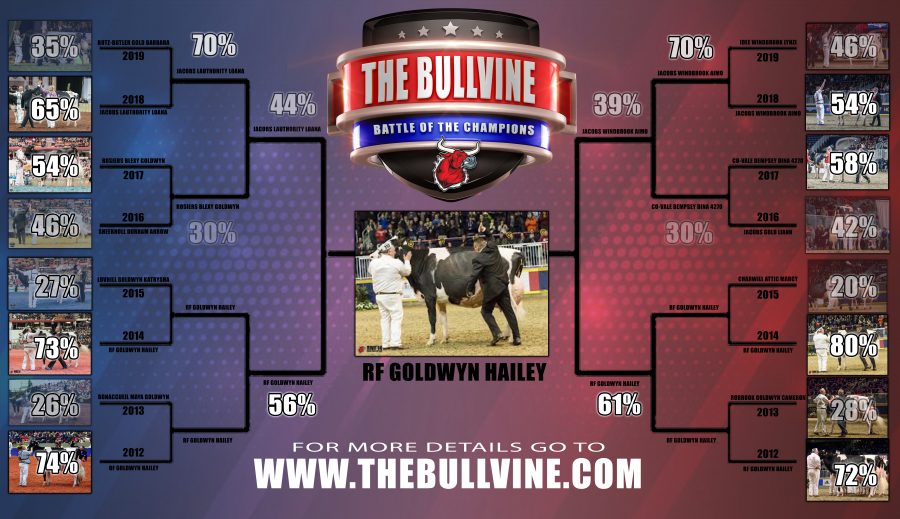
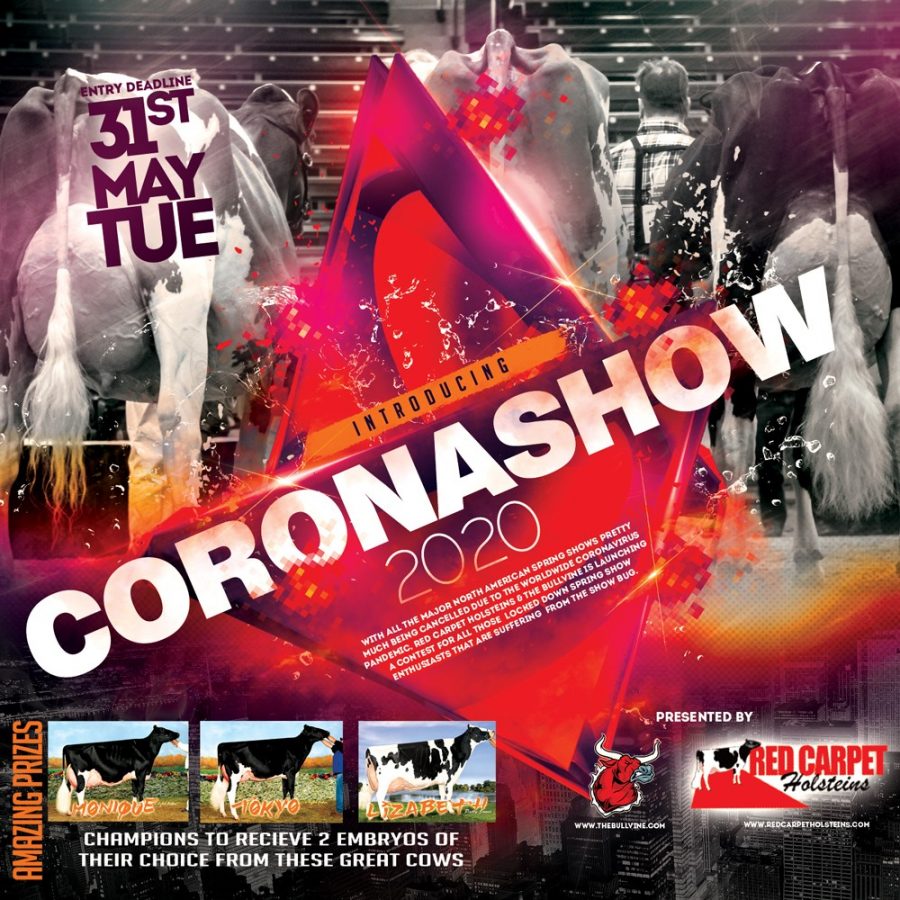
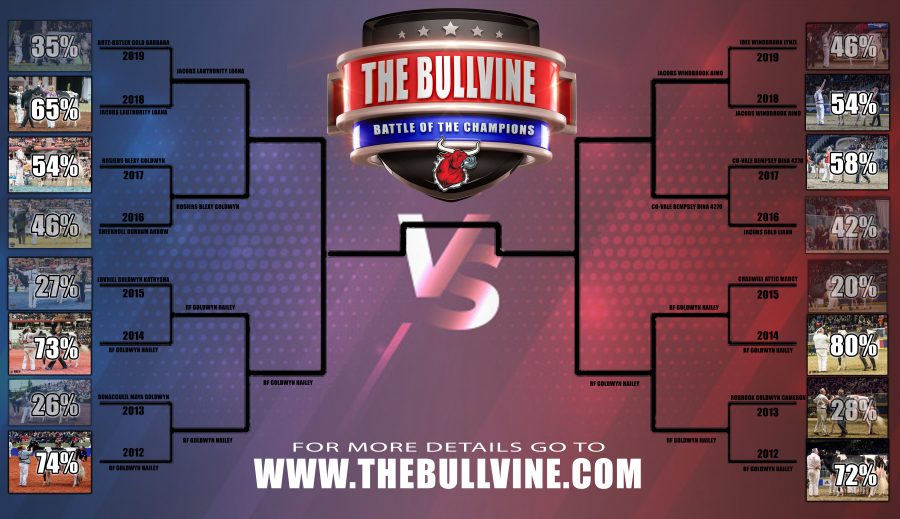
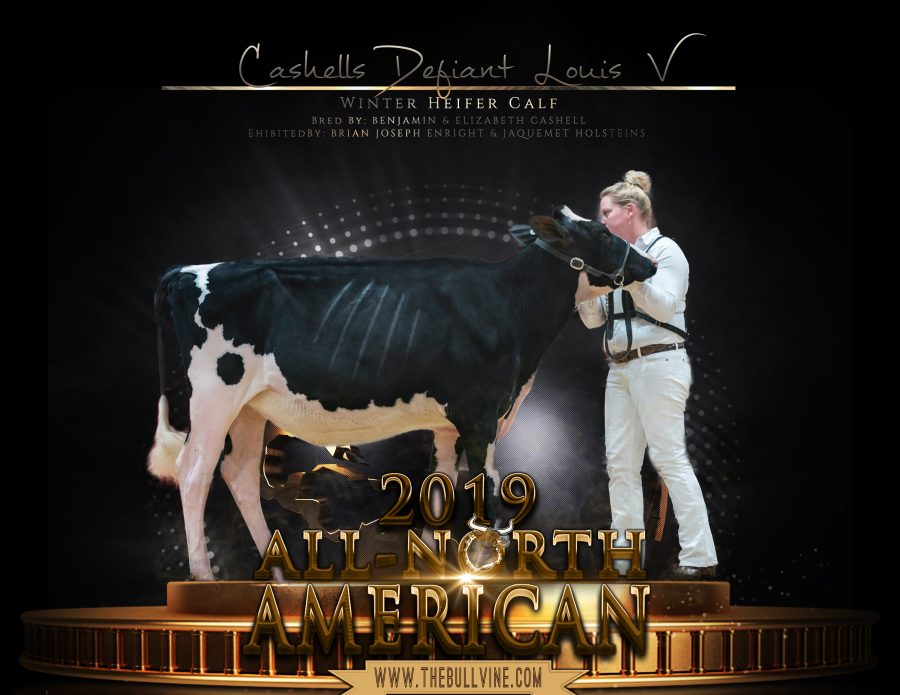
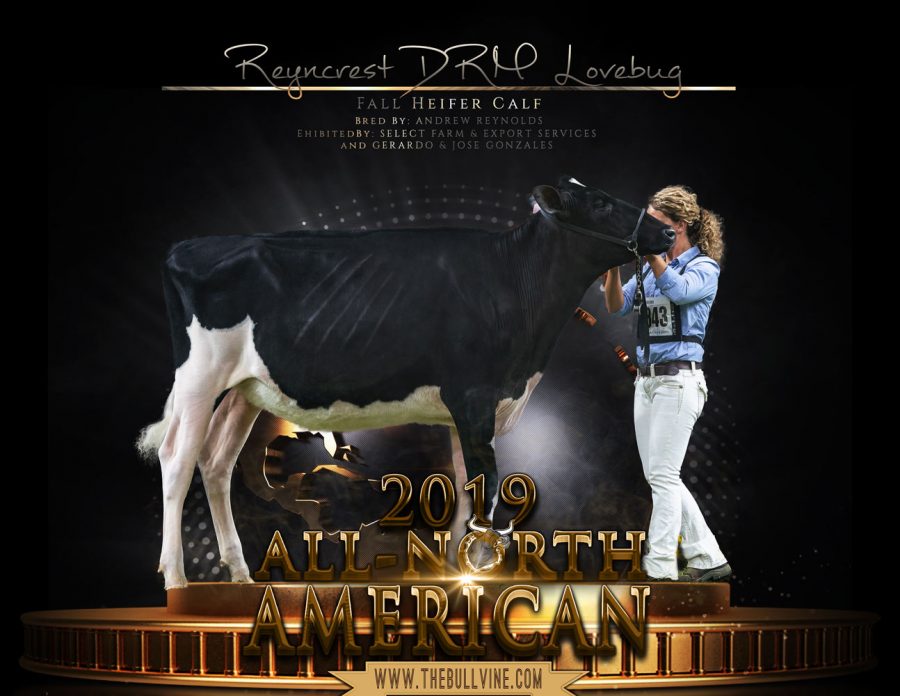


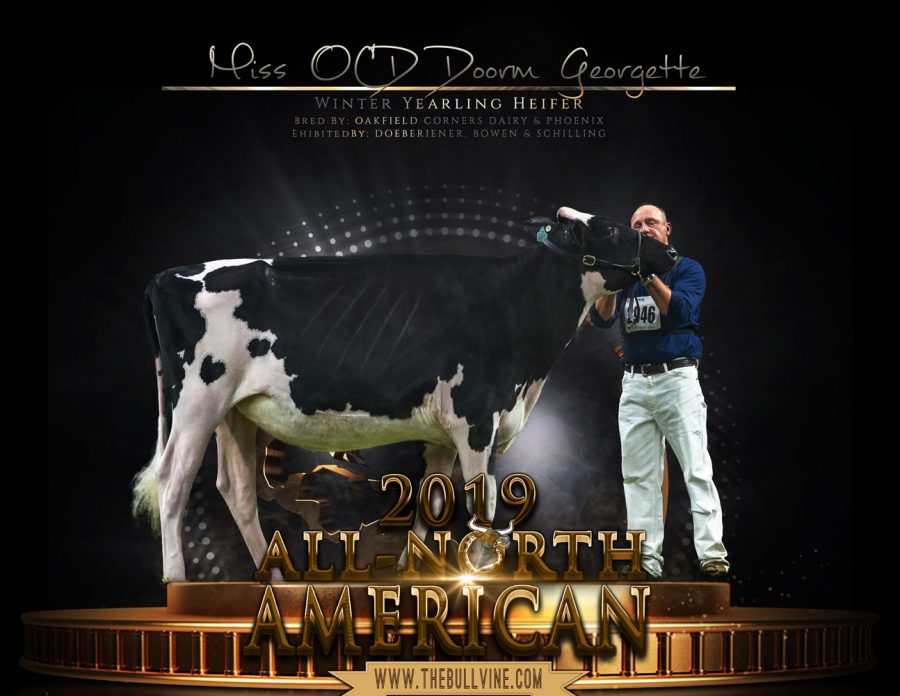
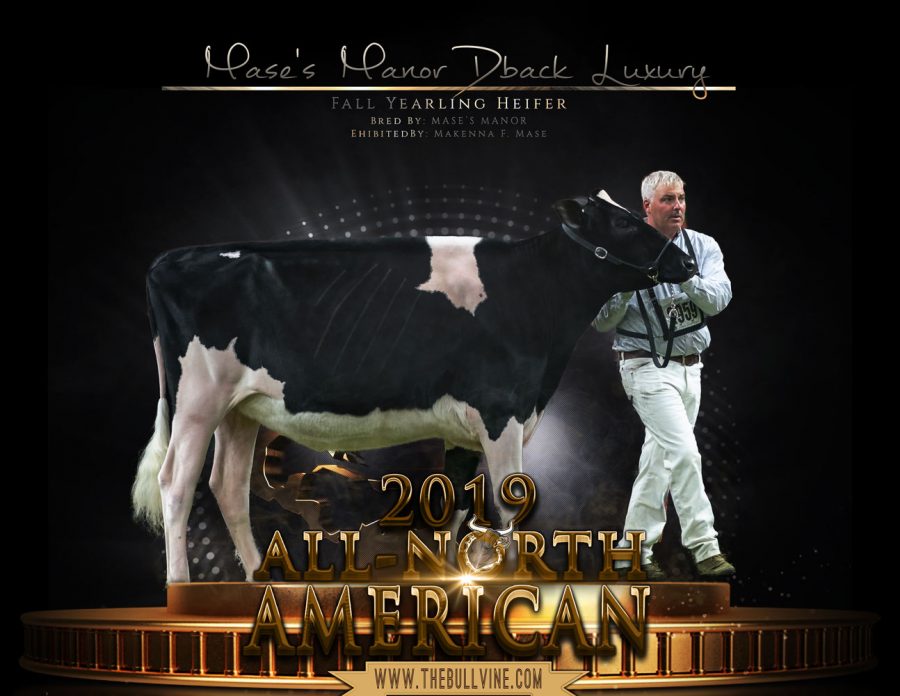
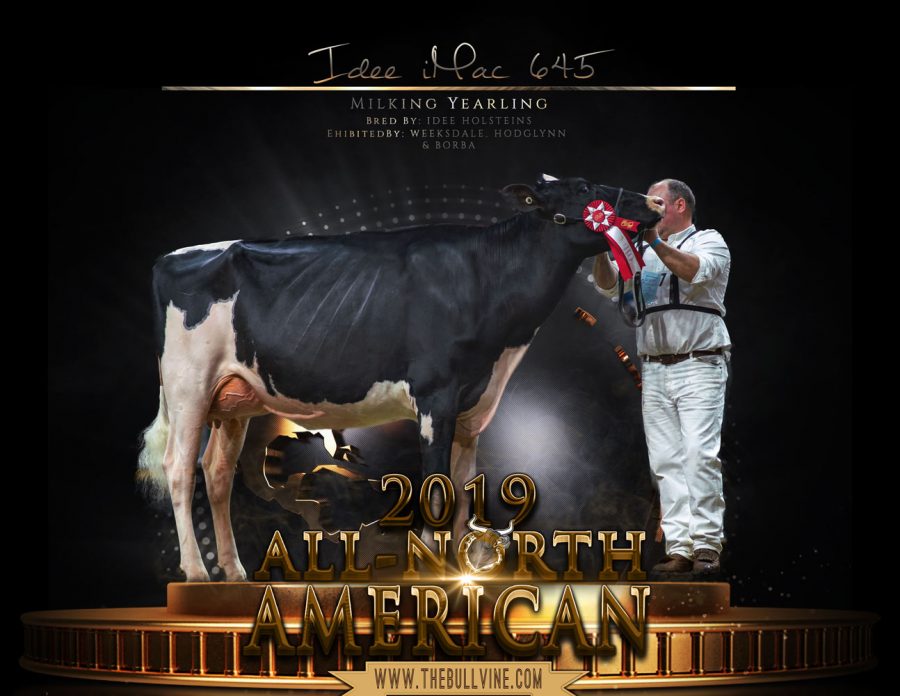
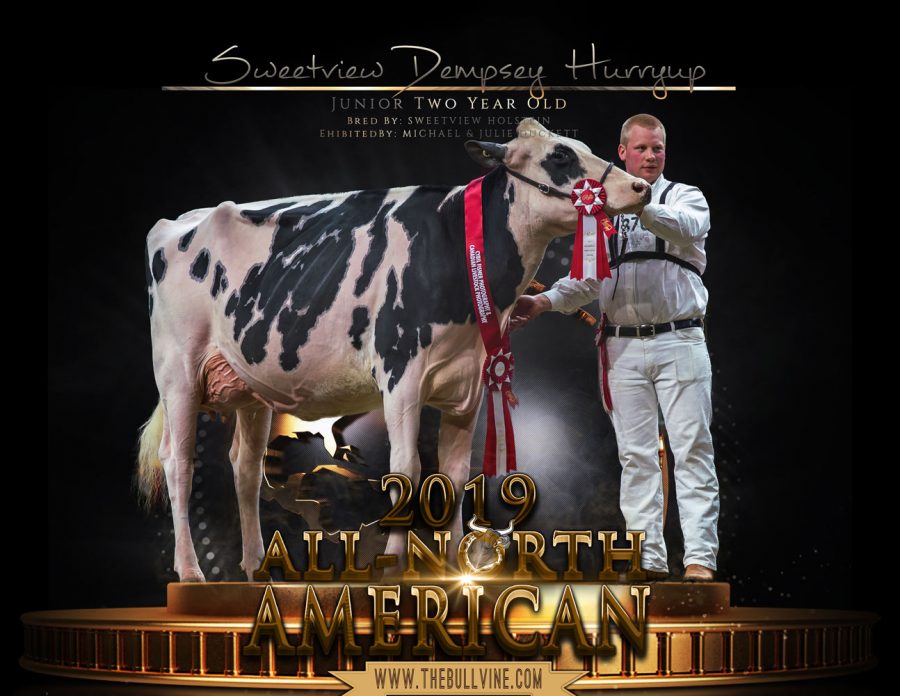
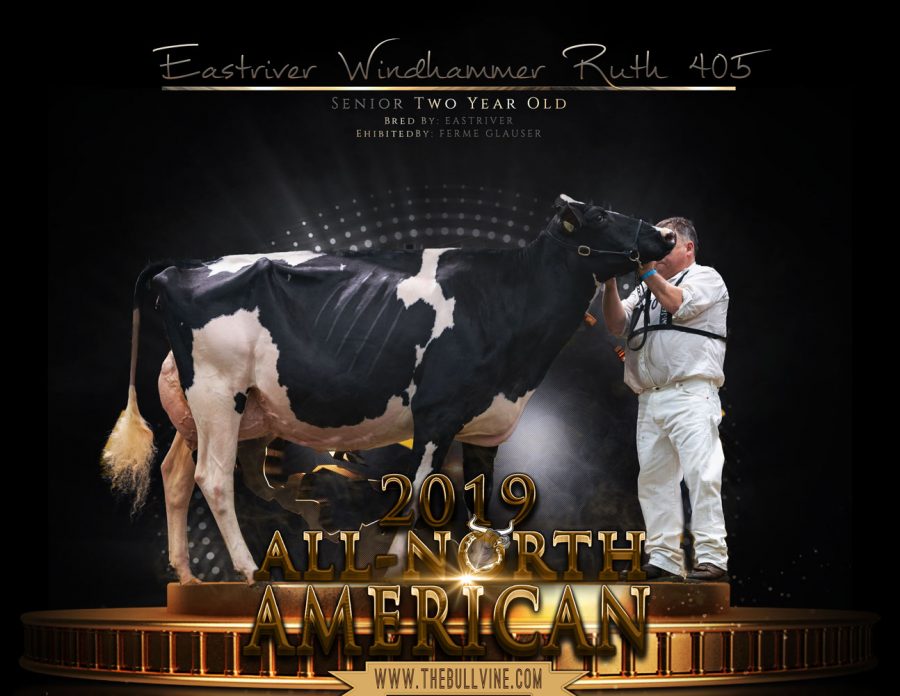
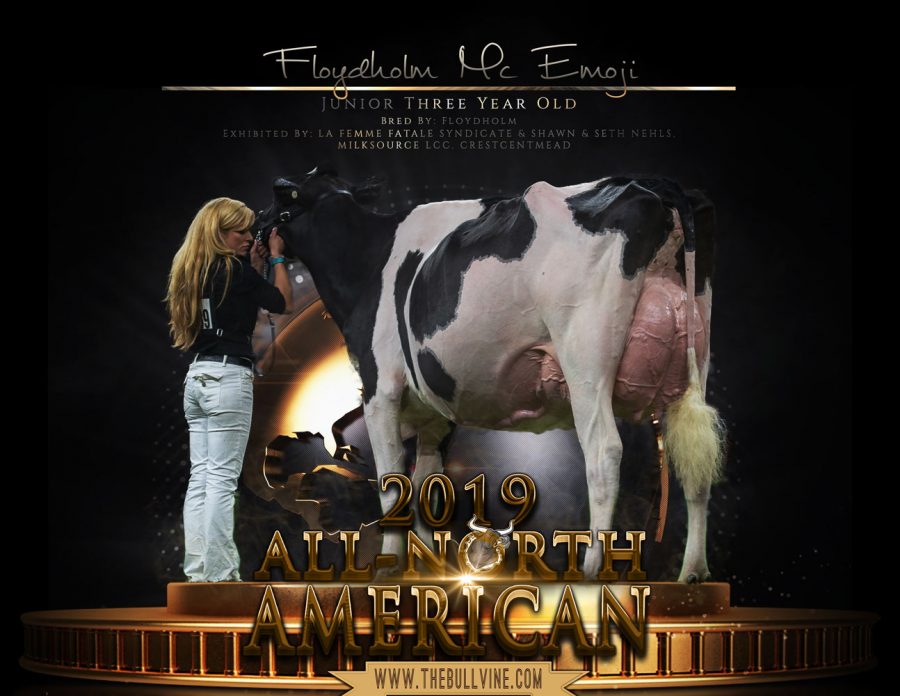

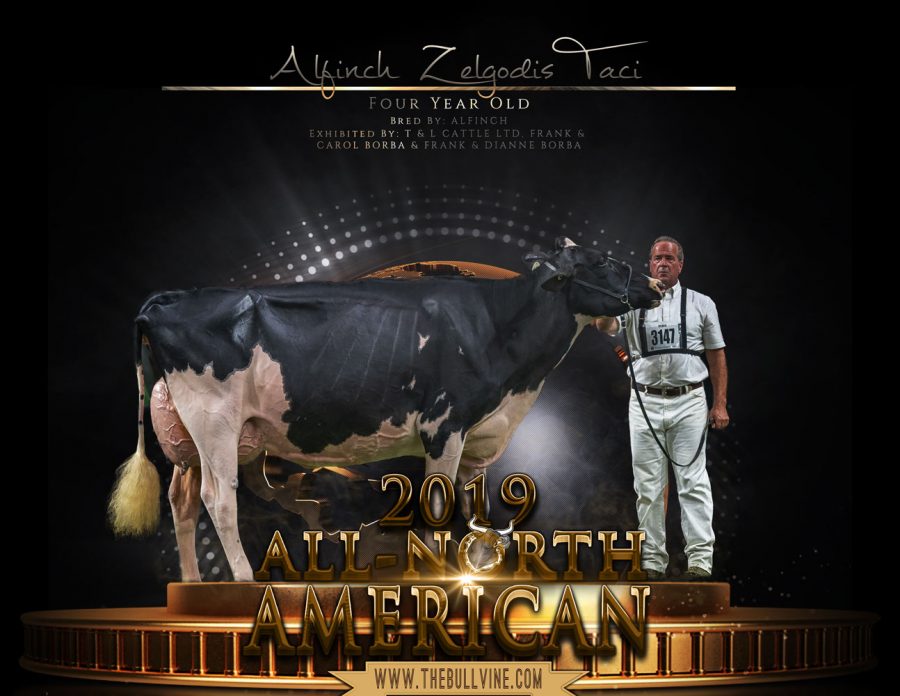

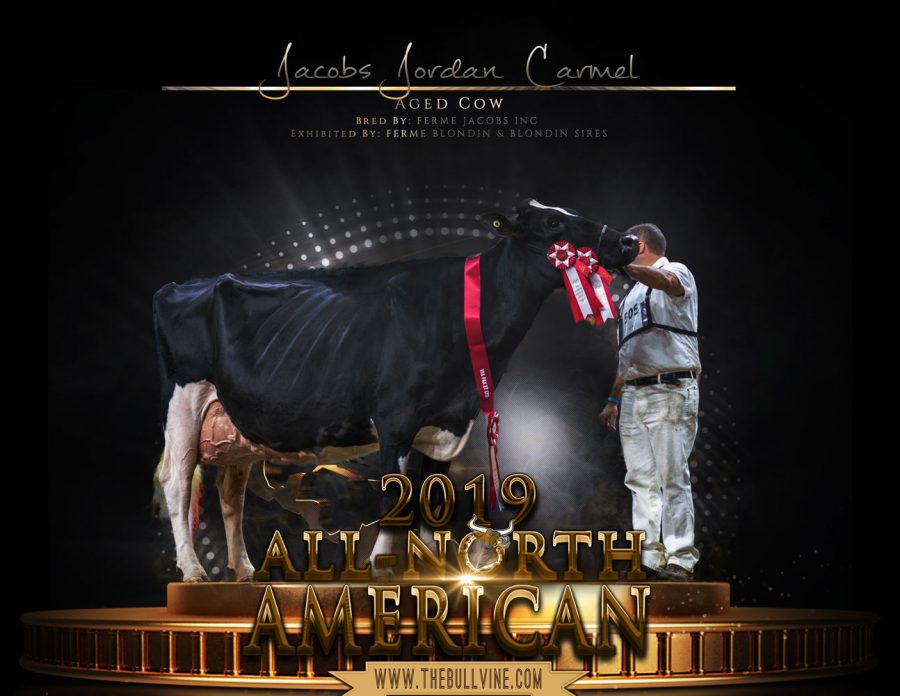
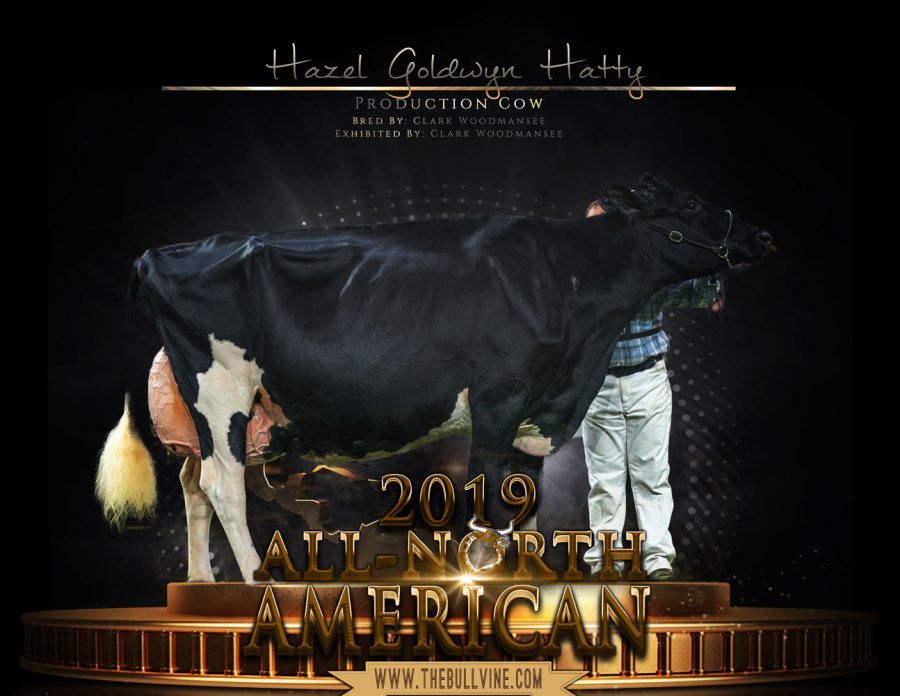
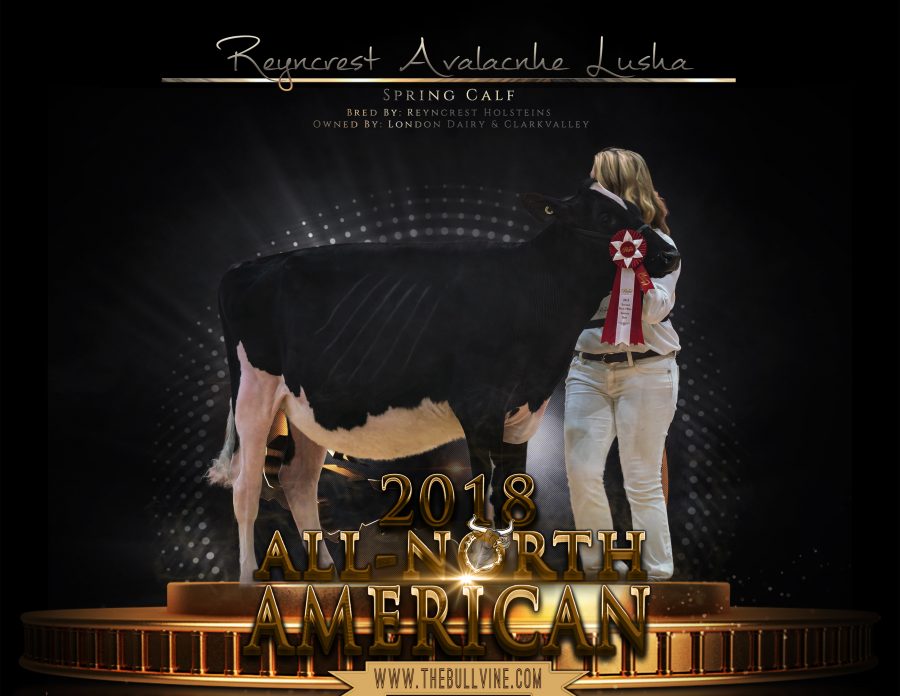
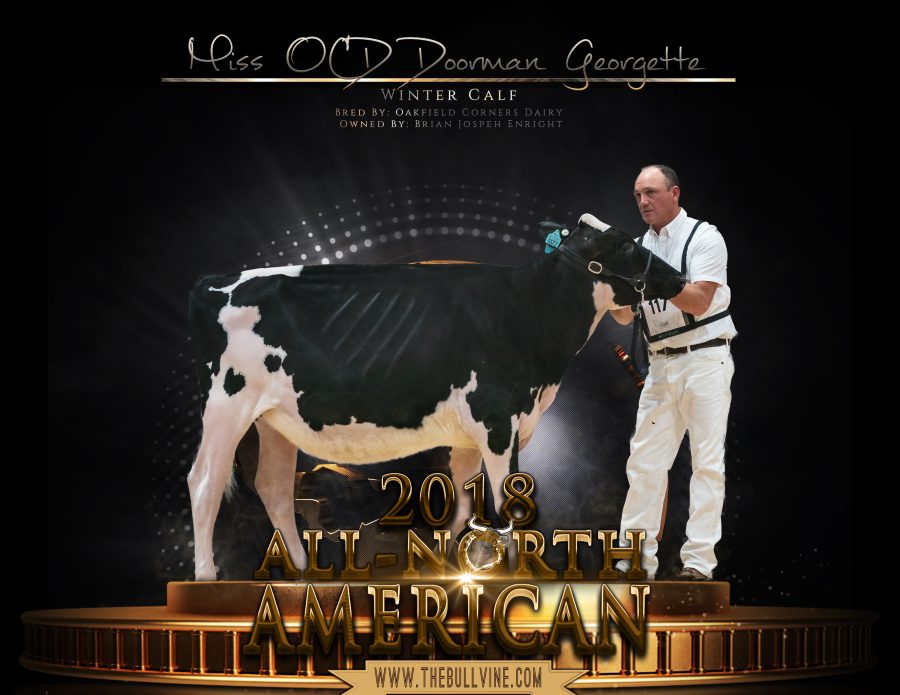
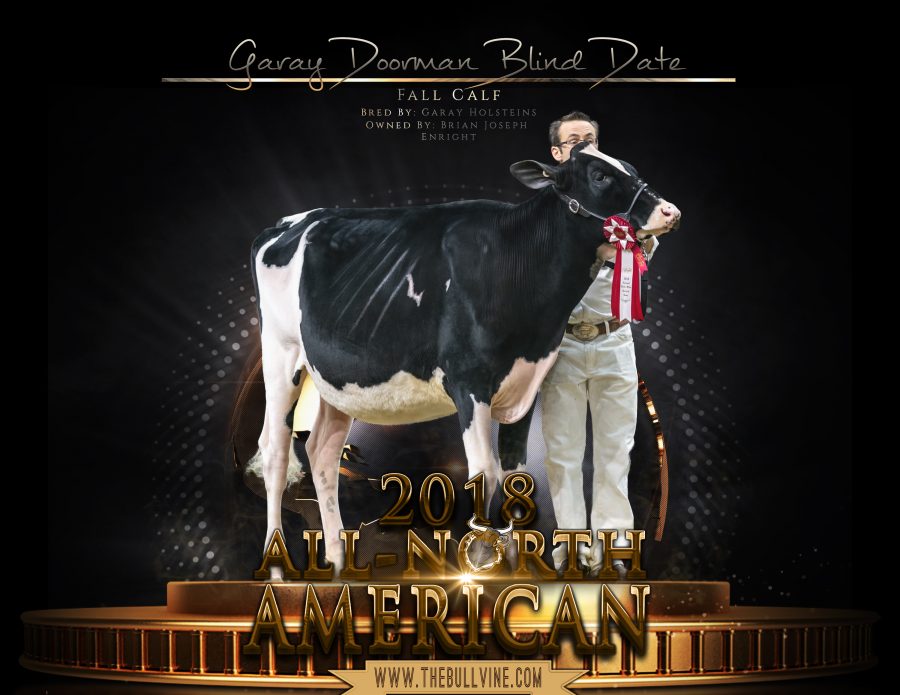
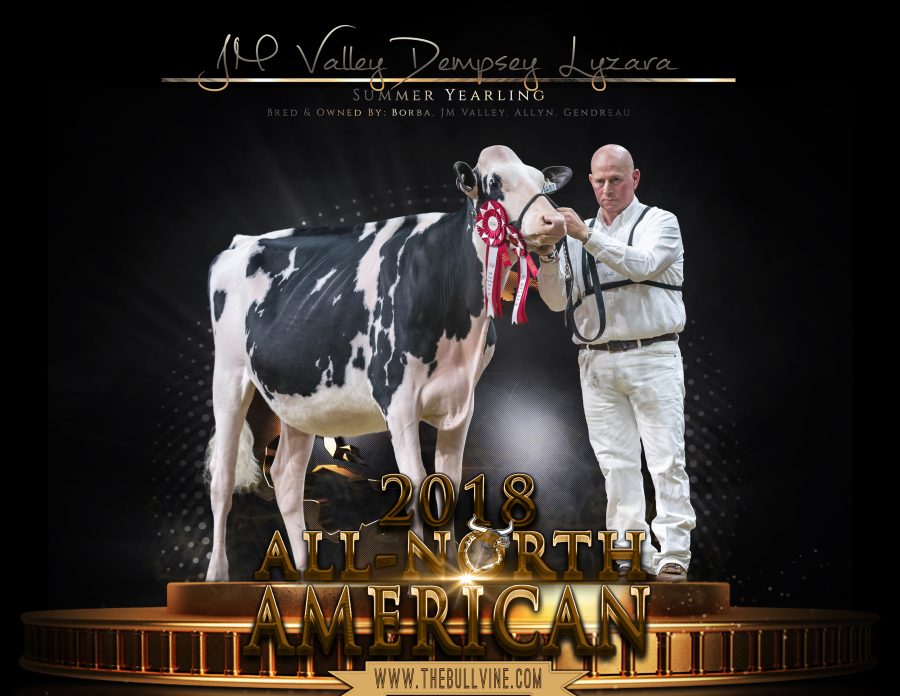
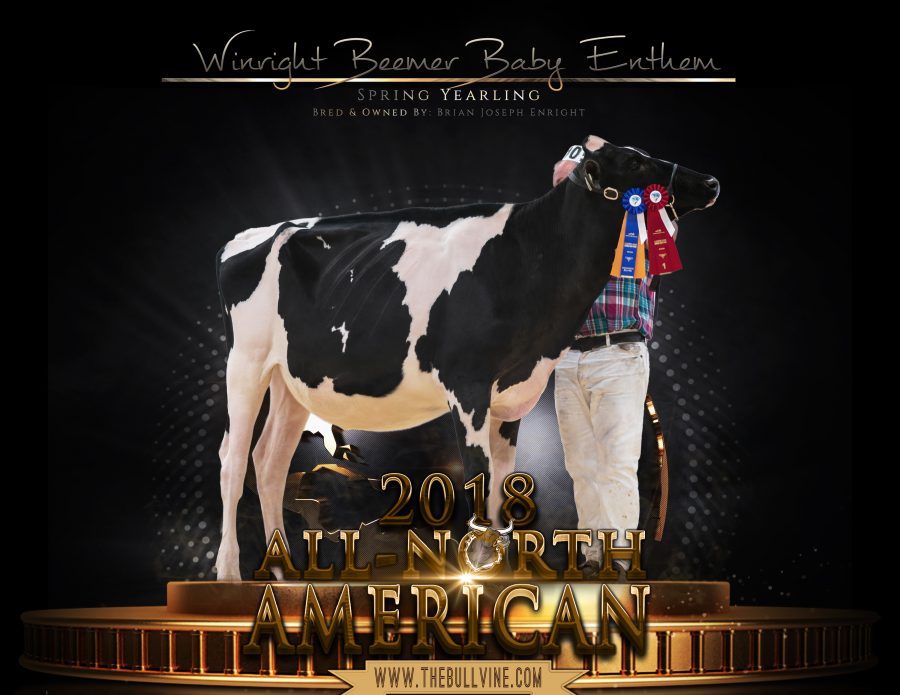
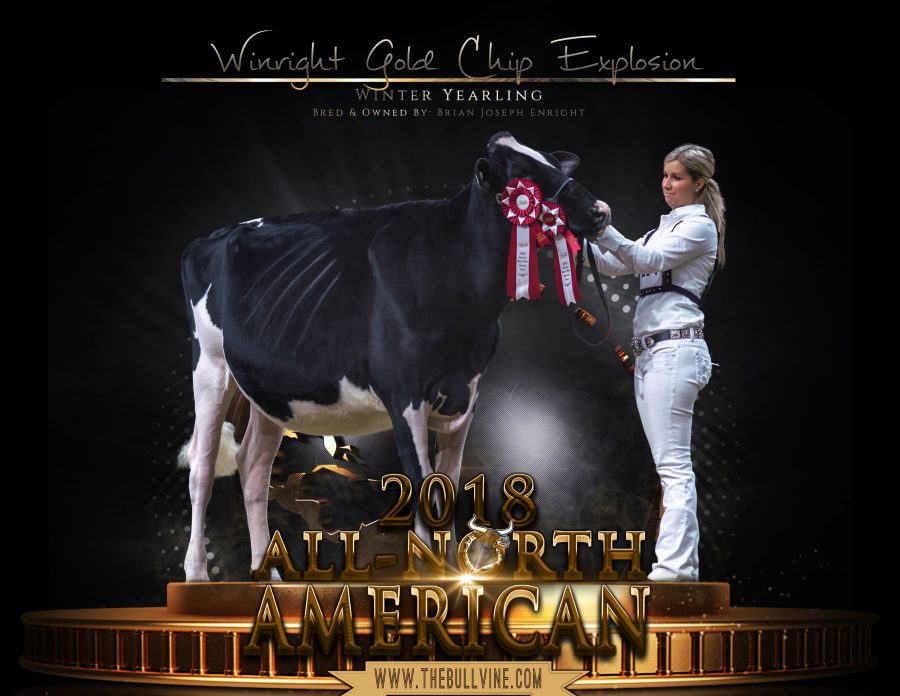
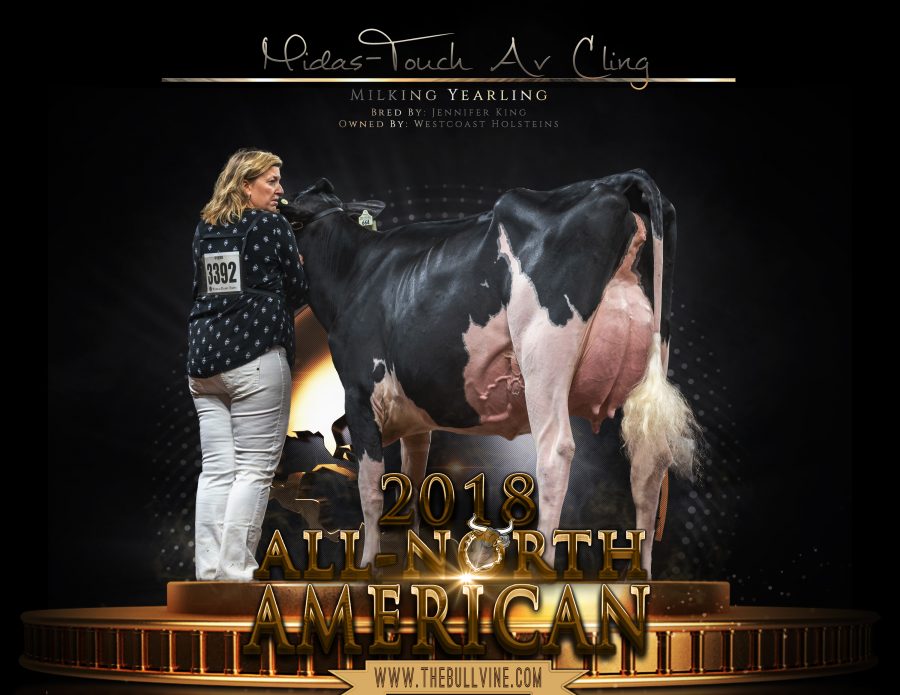
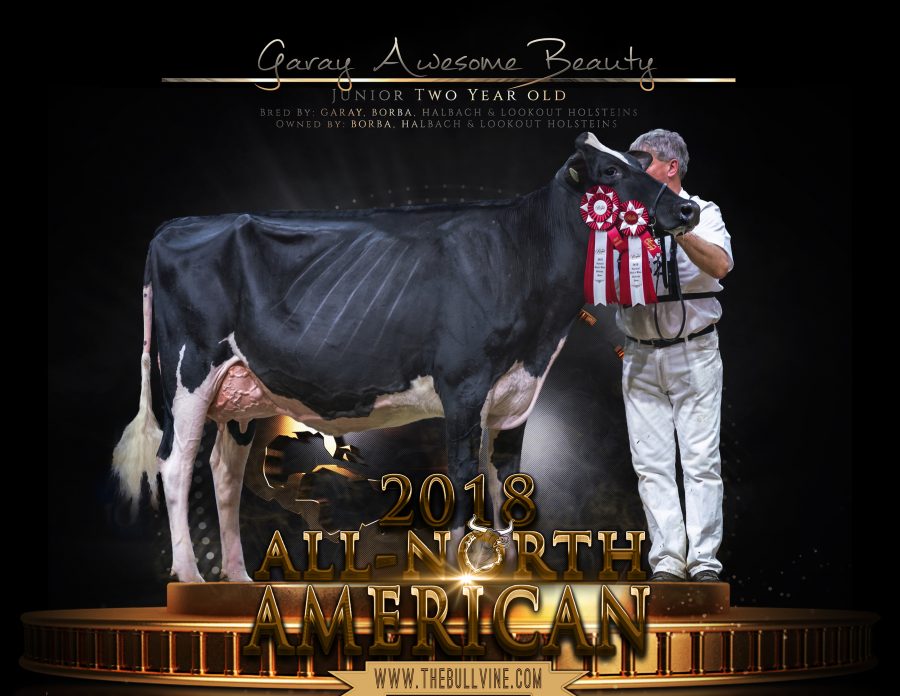
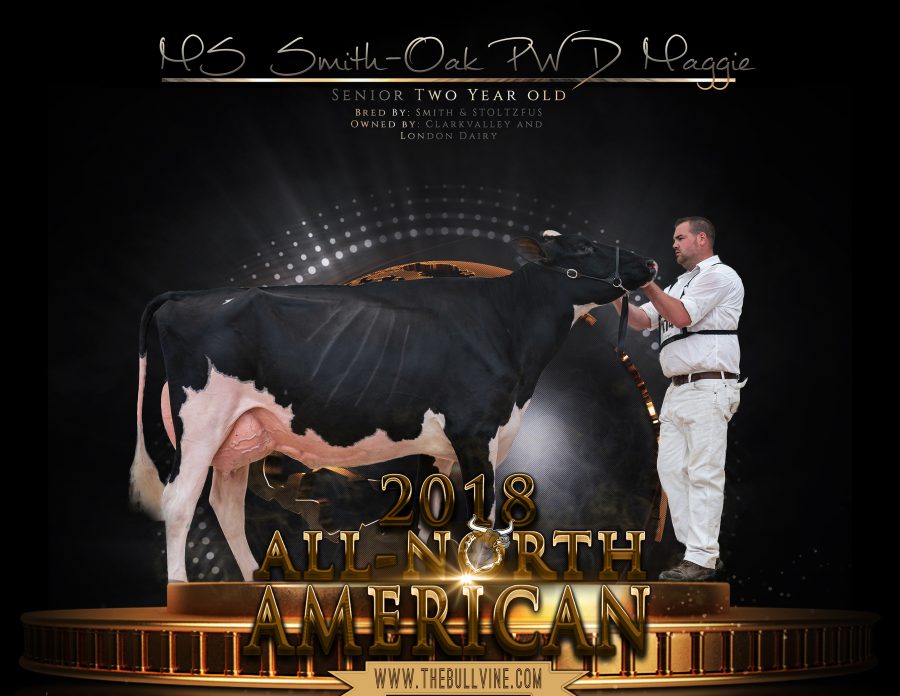
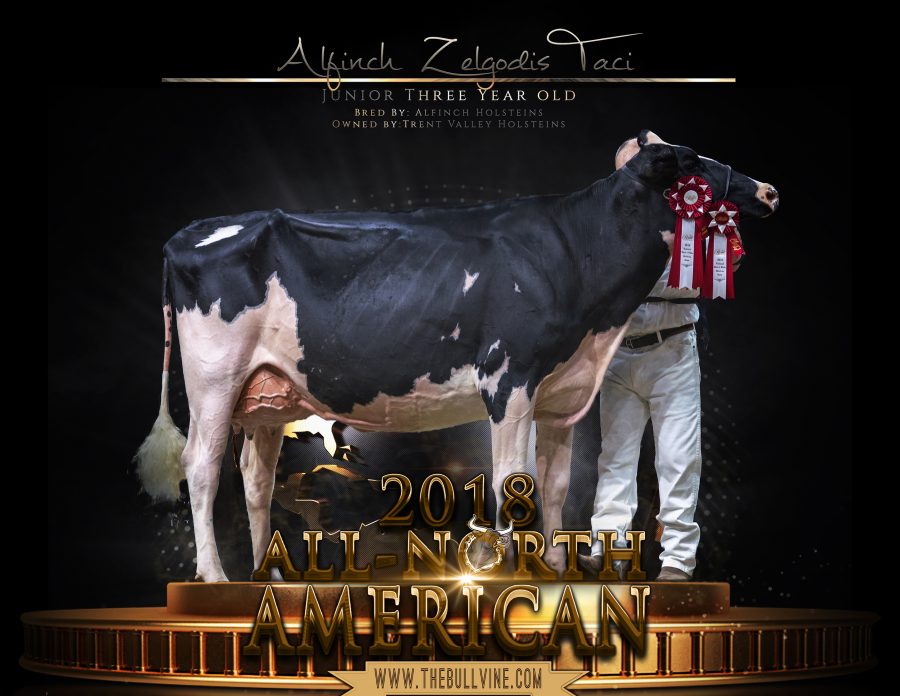
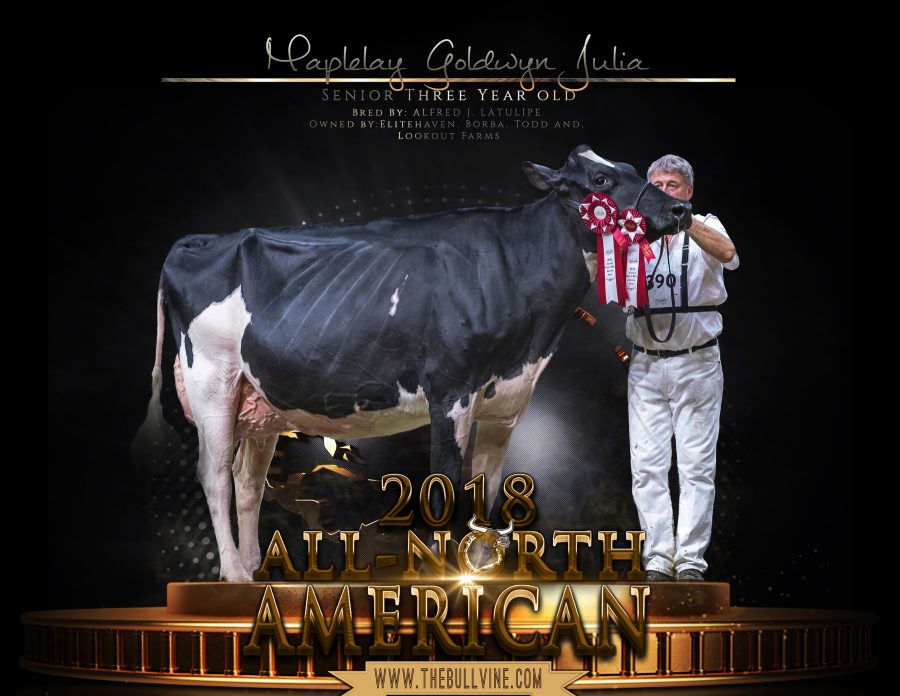
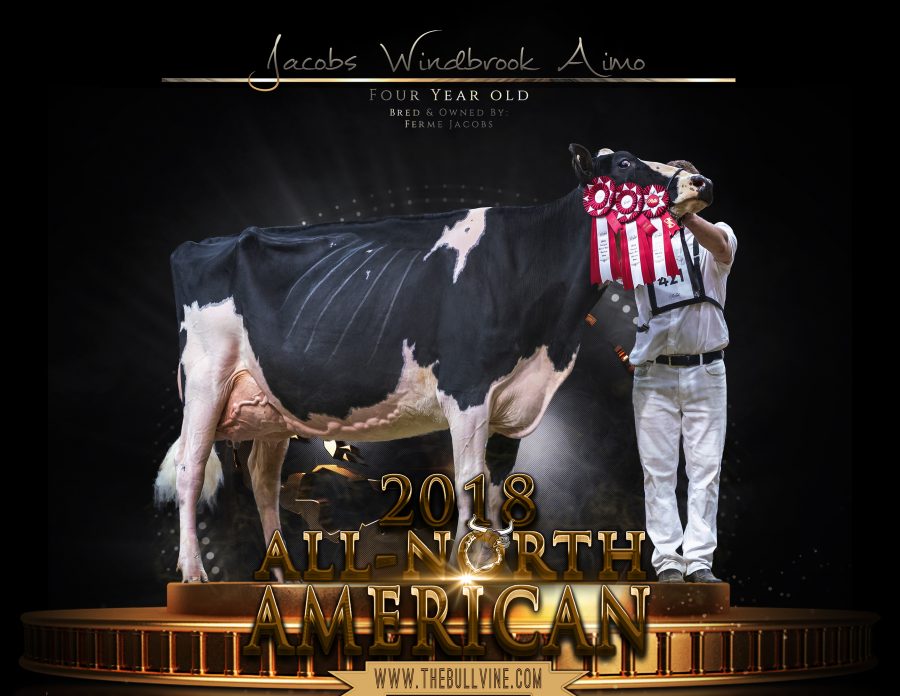
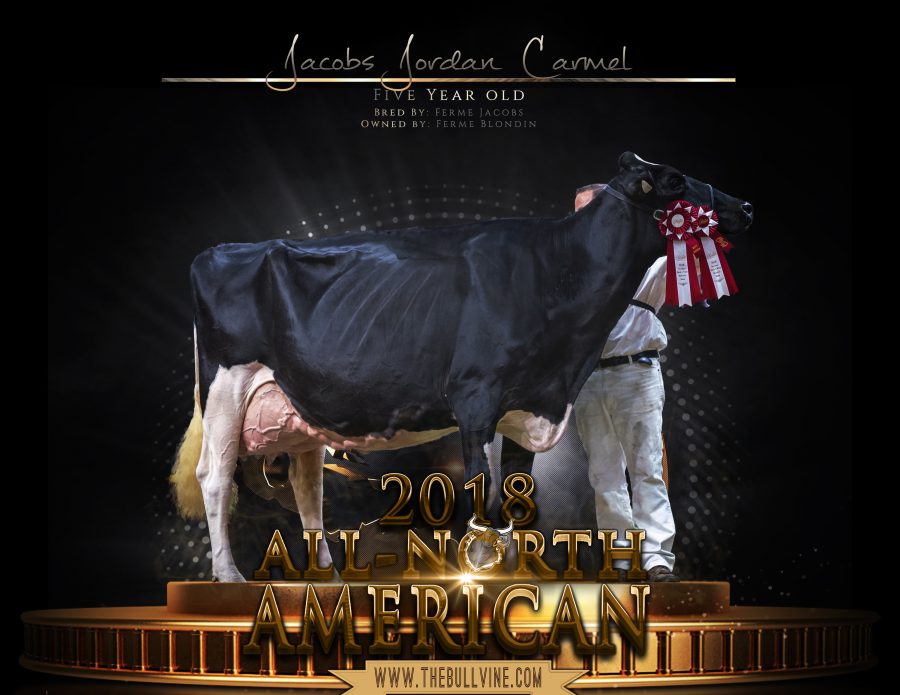
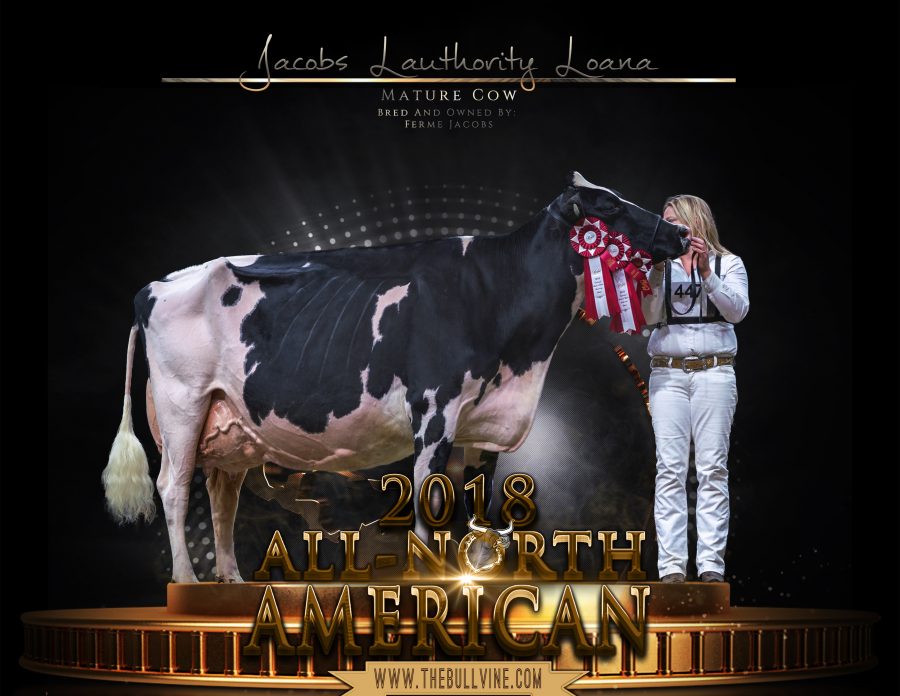
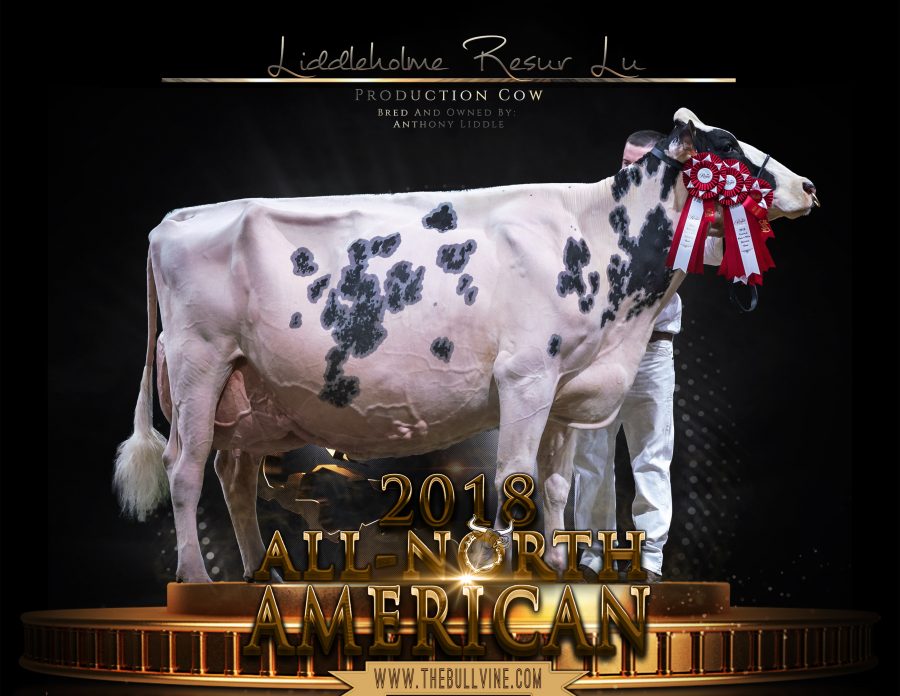
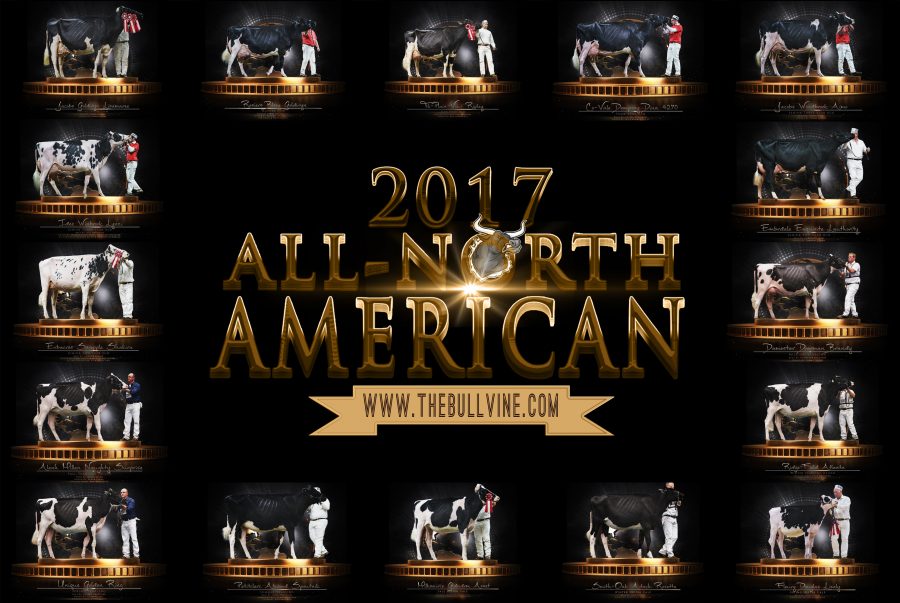
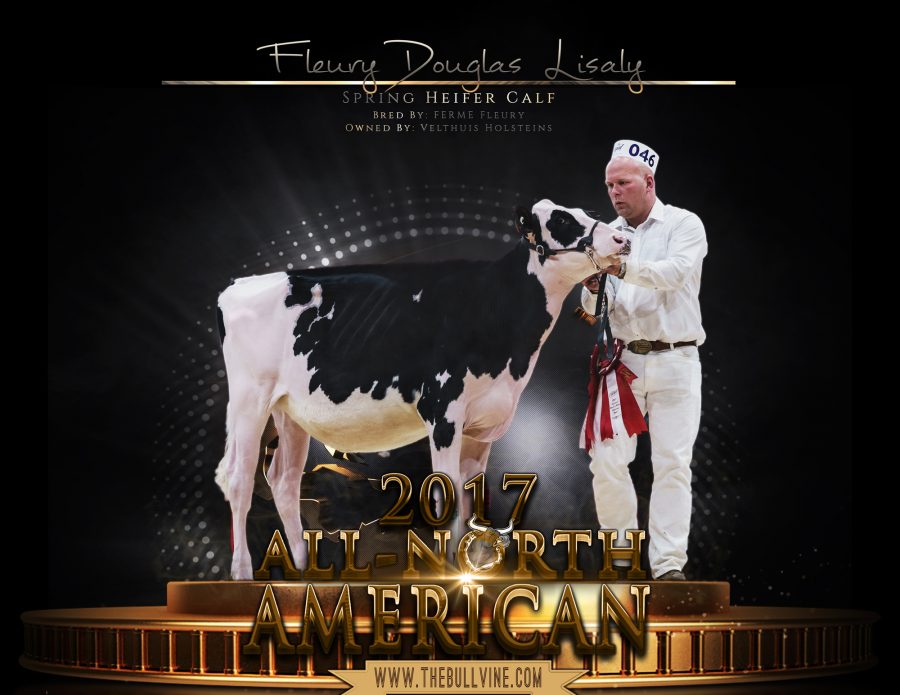
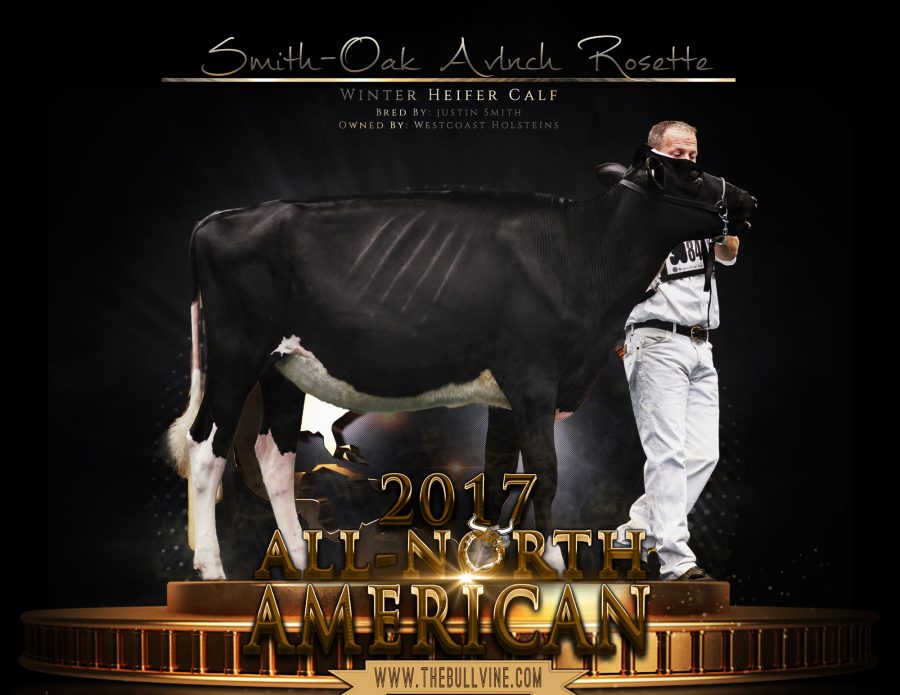
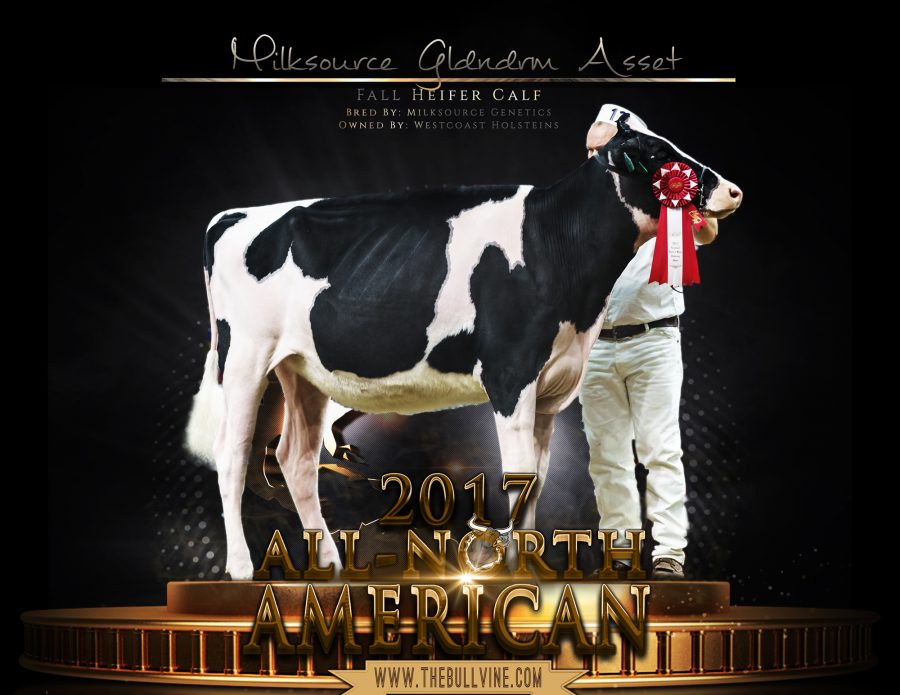
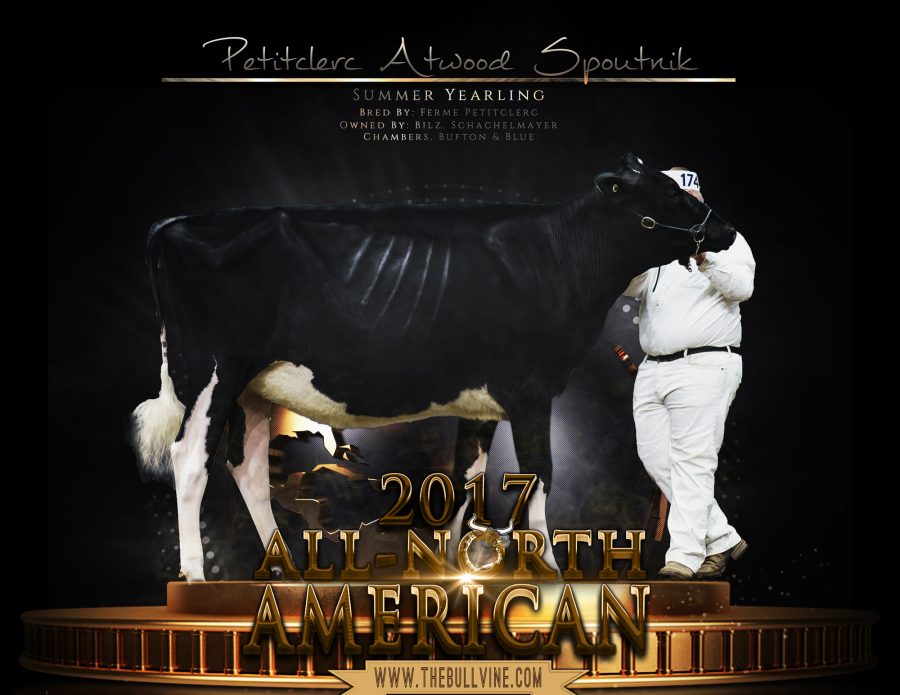
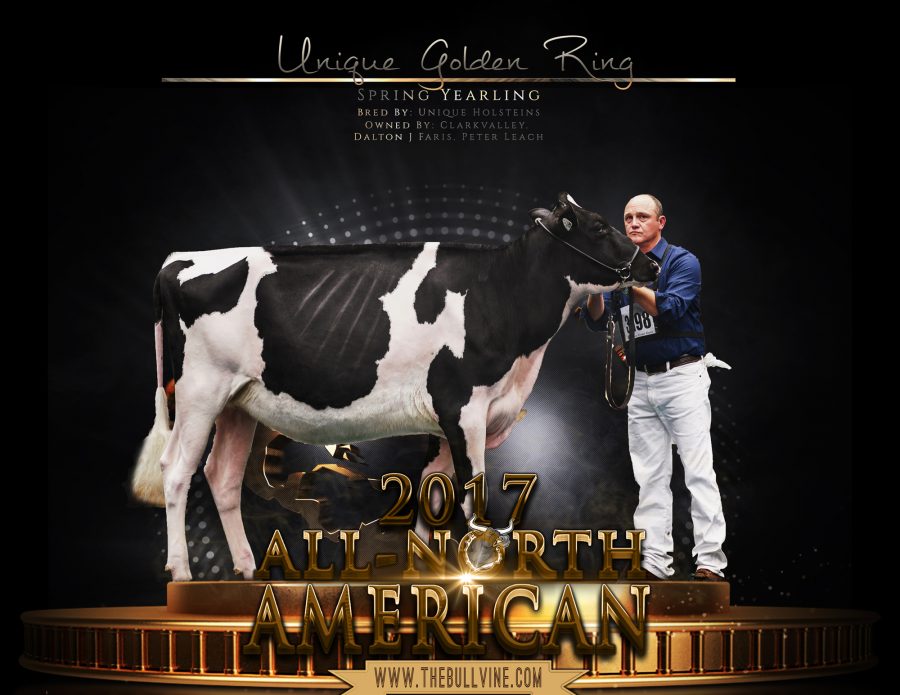
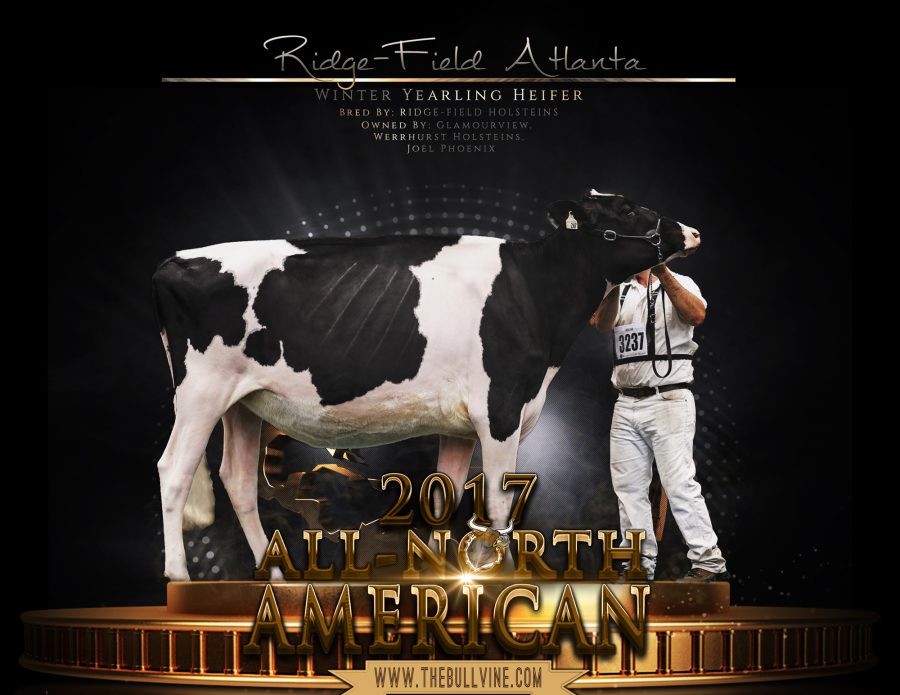
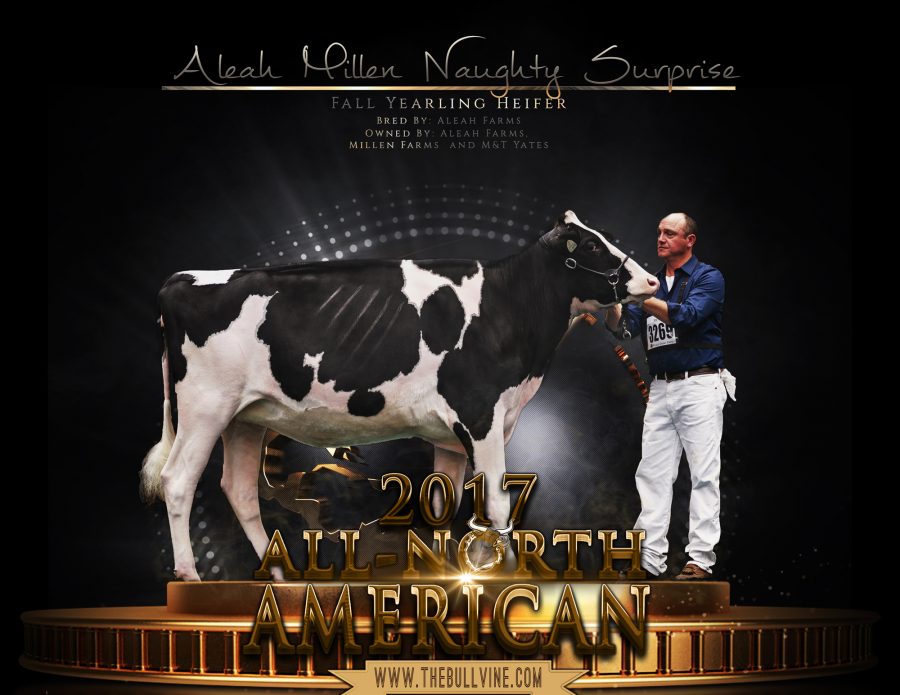
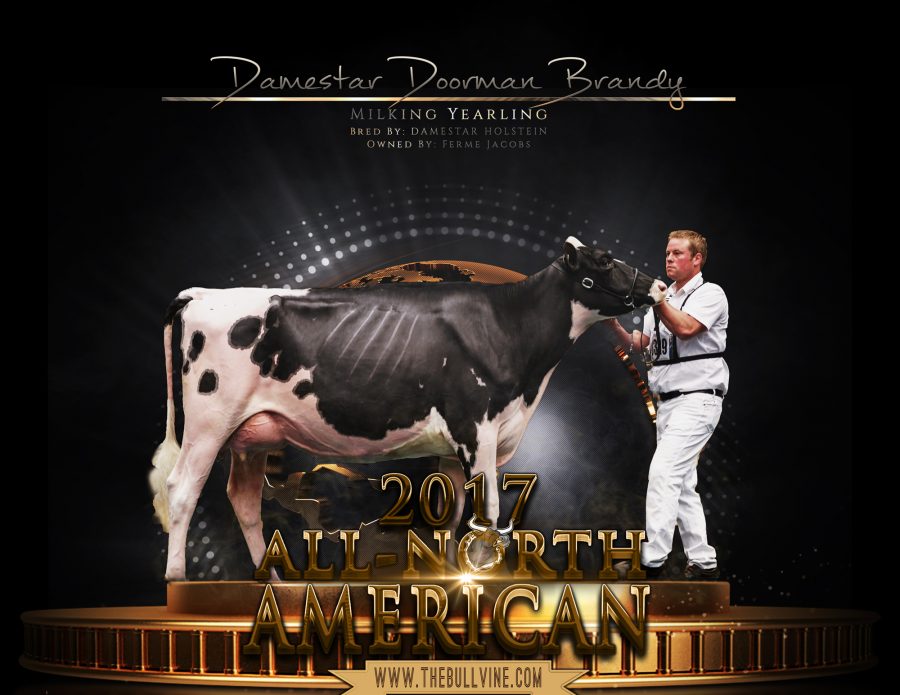
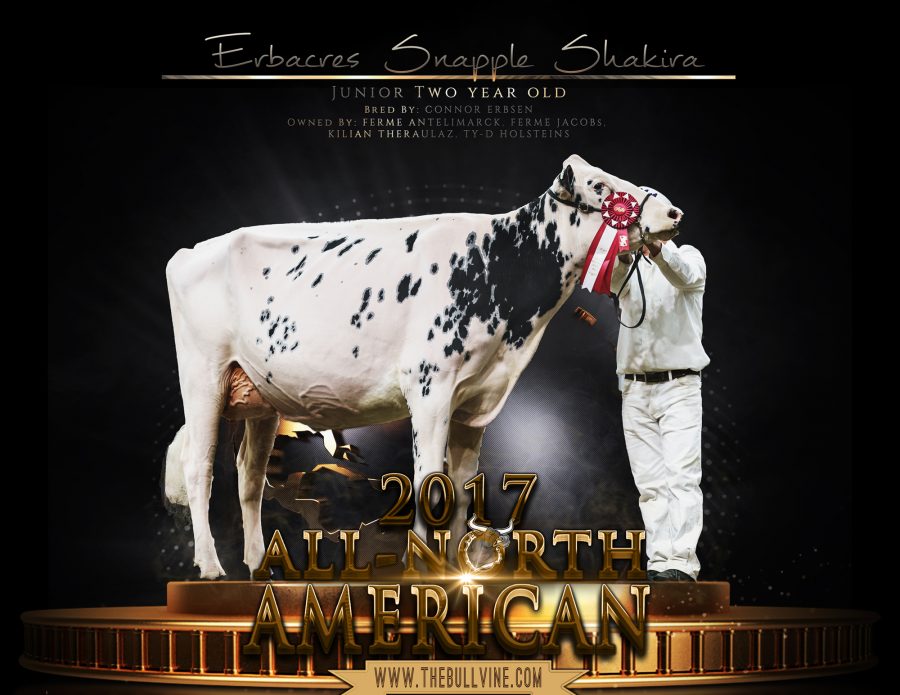
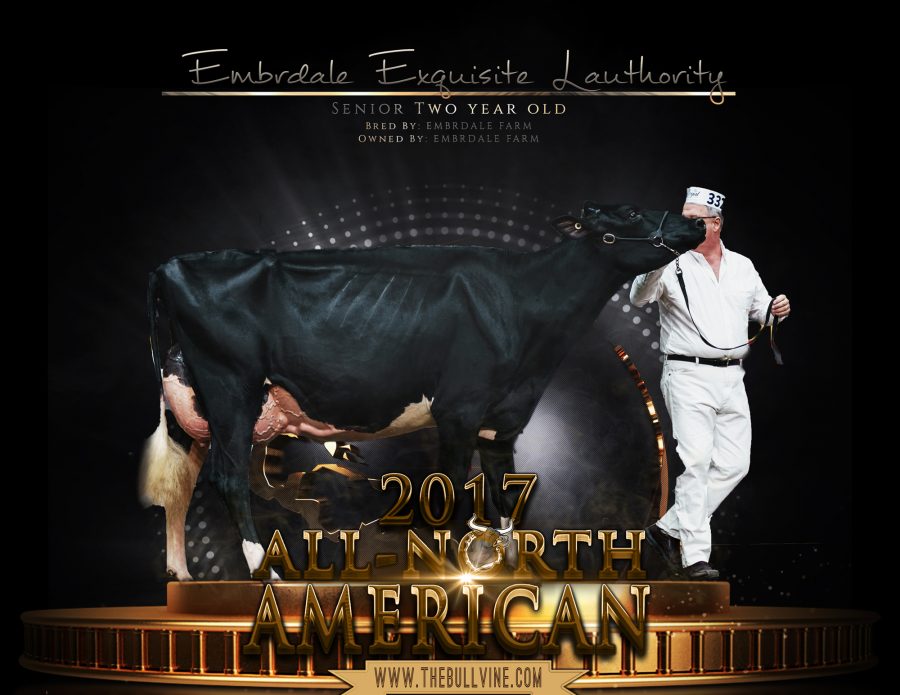
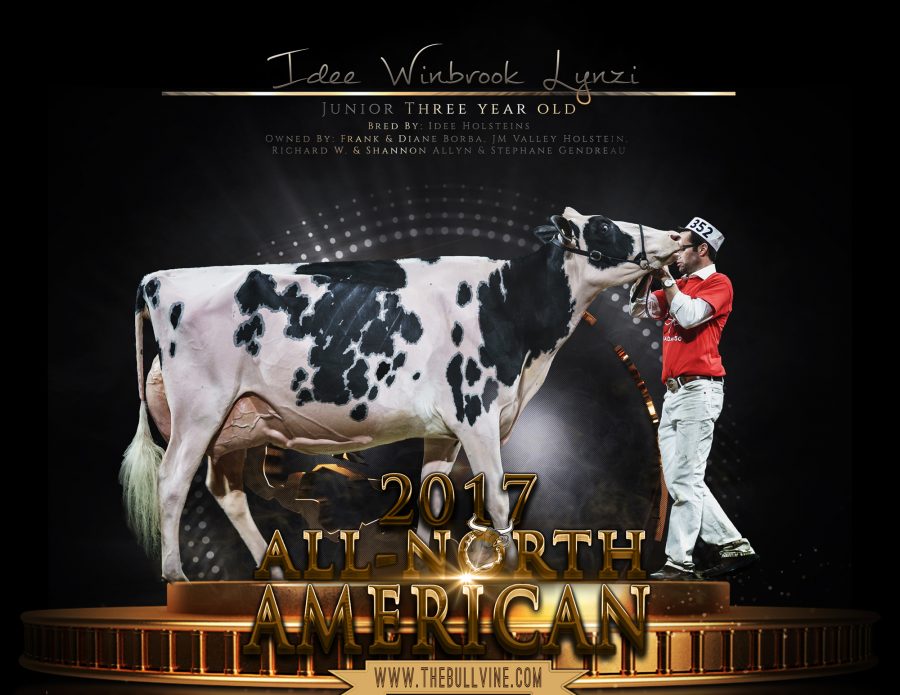
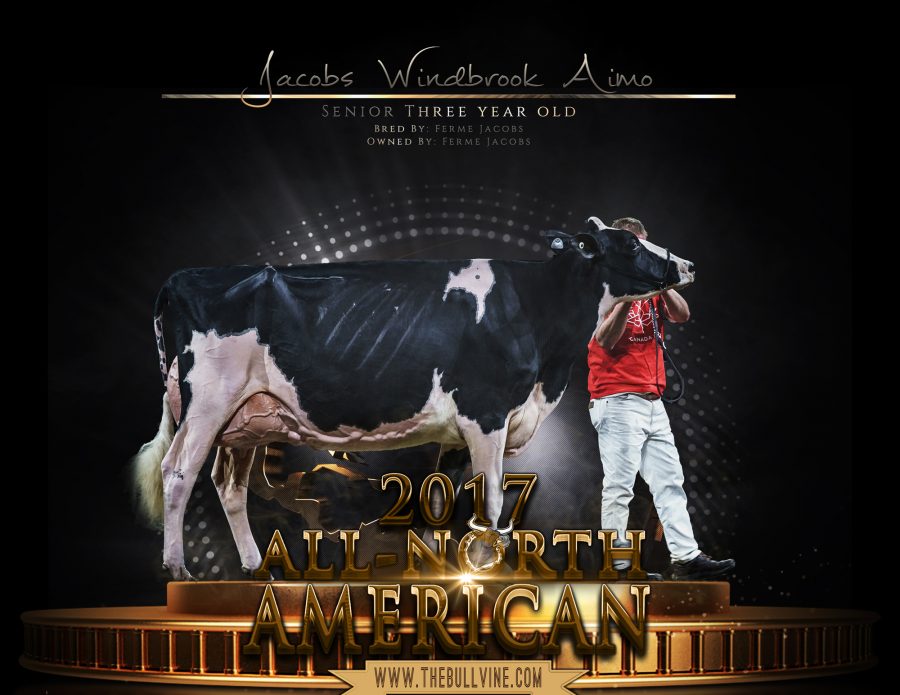
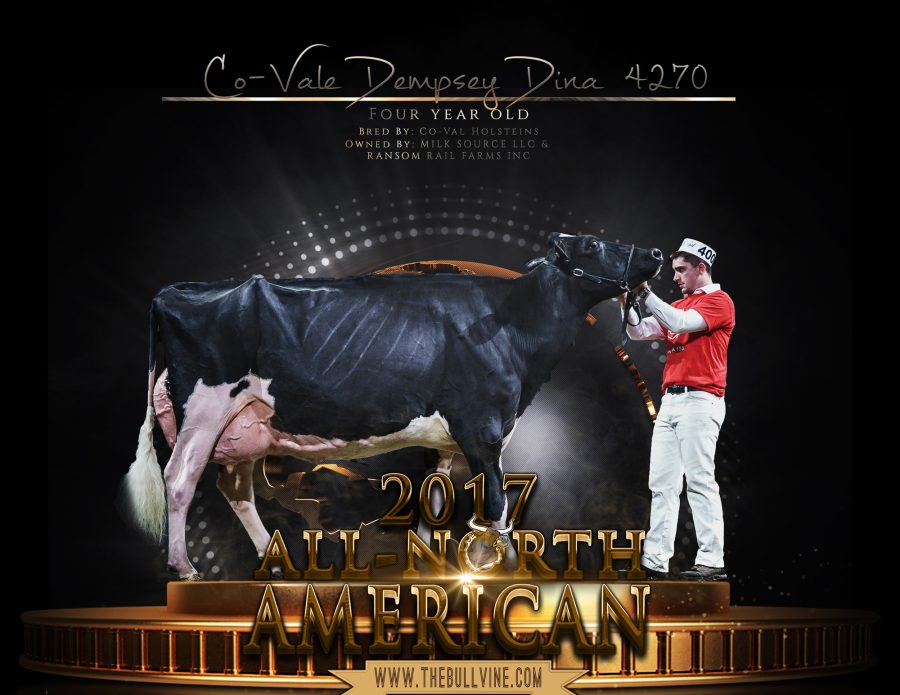
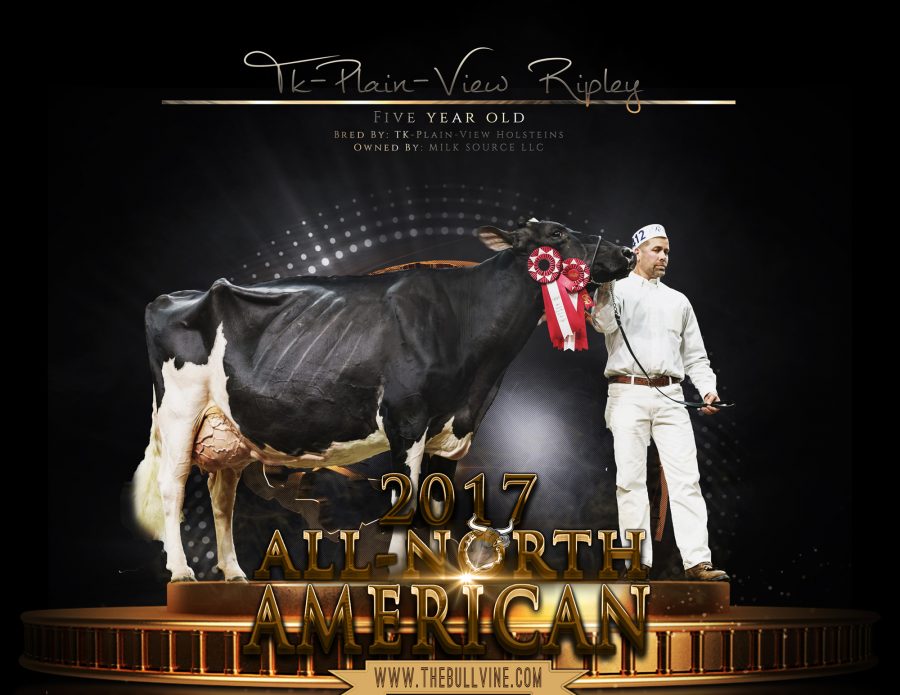
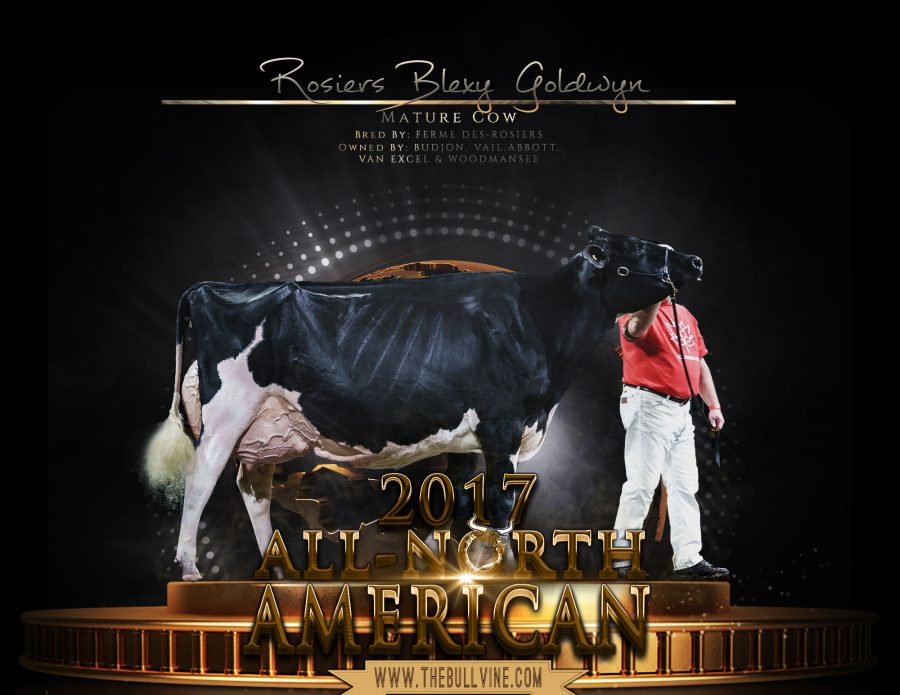
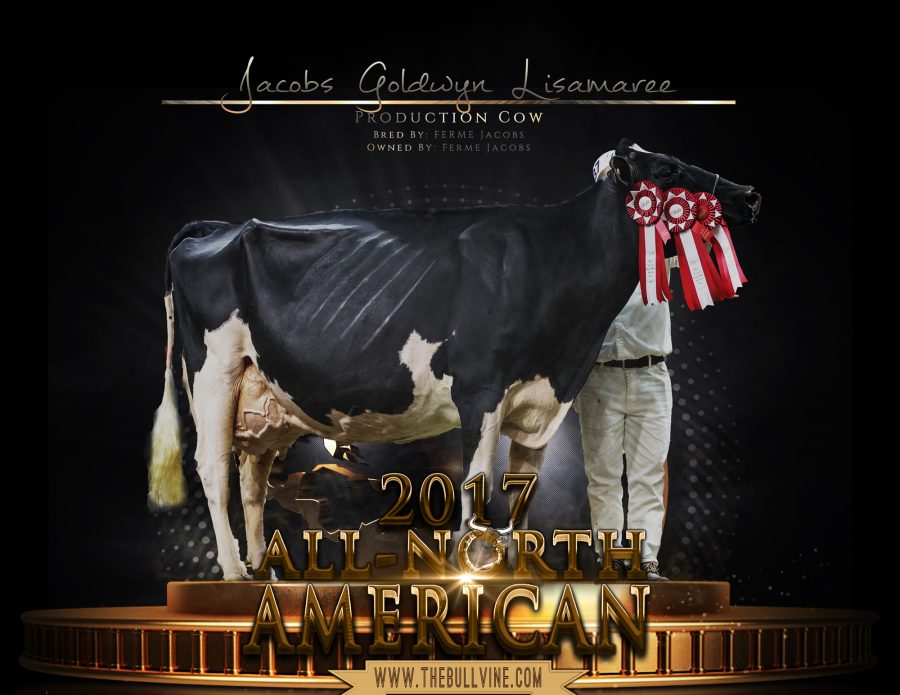
 The Bullvine staff wishes all of our subscribers, readers and advertisers a very Merry Christmas and Happy New Year!
The Bullvine staff wishes all of our subscribers, readers and advertisers a very Merry Christmas and Happy New Year! Everyday Objects Are Given New Life
Everyday Objects Are Given New Life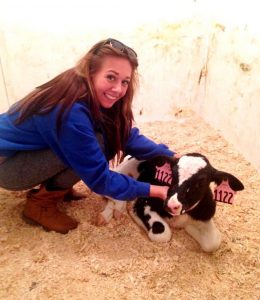 Andrea Jorgensen now living and loving life on Ri-Val-Re Farm in Webberville, Michigan unexpectedly declares that her journey to becoming a bovine artist wasn’t the usual one of lifelong familiarity with cows. “I wasn’t raised on a farm, so the whole dairy industry has really opened my eyes.” Andrea’s eye-opening experience has art also opened the eyes of dairy art lovers. Those familiar with her art, admire her eye for dairy anatomy and the way her paintings capture the nuances of the different personalities or her subjects. From a single painting or a hanging of several pieces, it is easy to see what set’s Andrea’s work apart. Her unique, ultra-colorful paintings, are comprised of layers of bright acrylics that enhance and expand our usual perception of the black, white and brown dairy cows that dairy folk love to admire. (Read more:
Andrea Jorgensen now living and loving life on Ri-Val-Re Farm in Webberville, Michigan unexpectedly declares that her journey to becoming a bovine artist wasn’t the usual one of lifelong familiarity with cows. “I wasn’t raised on a farm, so the whole dairy industry has really opened my eyes.” Andrea’s eye-opening experience has art also opened the eyes of dairy art lovers. Those familiar with her art, admire her eye for dairy anatomy and the way her paintings capture the nuances of the different personalities or her subjects. From a single painting or a hanging of several pieces, it is easy to see what set’s Andrea’s work apart. Her unique, ultra-colorful paintings, are comprised of layers of bright acrylics that enhance and expand our usual perception of the black, white and brown dairy cows that dairy folk love to admire. (Read more: 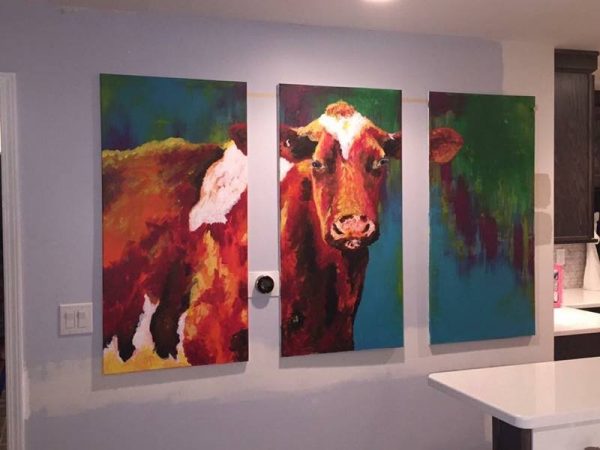
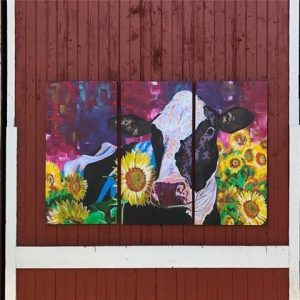 You might say that Andrea was inspired by a favorite from her husband Jerry’s stable and, as a result, Andrea has created a stable of painted favorites to send out into the world. Much of Andrea’s painting has been done on commission and frequently the products of her talent, like the gift she painted for her husband, become gifts given and shared between other dairy admirers.
You might say that Andrea was inspired by a favorite from her husband Jerry’s stable and, as a result, Andrea has created a stable of painted favorites to send out into the world. Much of Andrea’s painting has been done on commission and frequently the products of her talent, like the gift she painted for her husband, become gifts given and shared between other dairy admirers.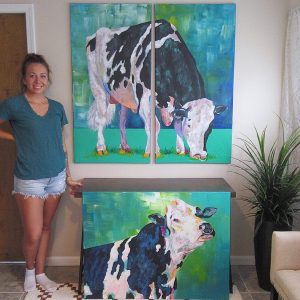 As we get to meet this artist, we are in the fortunate position of being able to use hindsight to discern what events were responsible for getting Andrea’s artistic career started. Andrea gives credit for her introduction to dairy to one her husband Jerry Jorgensen, known to many as a successful dairy breeder and recognized dairy judge. “I probably wouldn’t be painting at all if it wasn’t for him. Not just because of the support and encouragement but because of the family dairy farm. I wasn’t raised on a farm, so the whole dairy industry has really opened my eyes. I always thought cows were dumb, stinky creatures before I met Jerry.” It is an understatement to say that he changed her initial perceptions of cattle, “Yes, they can still come off (as smelly) but I have a different respect for their beauty now.”
As we get to meet this artist, we are in the fortunate position of being able to use hindsight to discern what events were responsible for getting Andrea’s artistic career started. Andrea gives credit for her introduction to dairy to one her husband Jerry Jorgensen, known to many as a successful dairy breeder and recognized dairy judge. “I probably wouldn’t be painting at all if it wasn’t for him. Not just because of the support and encouragement but because of the family dairy farm. I wasn’t raised on a farm, so the whole dairy industry has really opened my eyes. I always thought cows were dumb, stinky creatures before I met Jerry.” It is an understatement to say that he changed her initial perceptions of cattle, “Yes, they can still come off (as smelly) but I have a different respect for their beauty now.”  At this point, I must make sure that my reporting does not limit Andrea’s artistic talent to cow portraits only. As much as this is what drives The Bullvine, it isn’t fair to this gifted artist to limit the reporting of her talents to dairy only. Indeed, when asked to list her favorite works to date, Andrea responds the same way that dairy breeders, cattle judges and show string historians do, by first proclaiming what a difficult question that is. “It’s so hard to choose one! I have an attachment with all my paintings! There’s a top 5 favorites list which is constantly changing as I do more paintings.” Her diversity shows in the list she provided us with, which included what is hanging in her own home.” Right now, I would say my top 5 favorites are (in no particular order): Burt & Ernie (a painting of 2 pigs that is hanging in our living room), Antoine (a ram), Gizzard (a longhorn), Alfred (a rooster that is hanging in our kitchen), & Gatsby (a custom Jersey).
At this point, I must make sure that my reporting does not limit Andrea’s artistic talent to cow portraits only. As much as this is what drives The Bullvine, it isn’t fair to this gifted artist to limit the reporting of her talents to dairy only. Indeed, when asked to list her favorite works to date, Andrea responds the same way that dairy breeders, cattle judges and show string historians do, by first proclaiming what a difficult question that is. “It’s so hard to choose one! I have an attachment with all my paintings! There’s a top 5 favorites list which is constantly changing as I do more paintings.” Her diversity shows in the list she provided us with, which included what is hanging in her own home.” Right now, I would say my top 5 favorites are (in no particular order): Burt & Ernie (a painting of 2 pigs that is hanging in our living room), Antoine (a ram), Gizzard (a longhorn), Alfred (a rooster that is hanging in our kitchen), & Gatsby (a custom Jersey).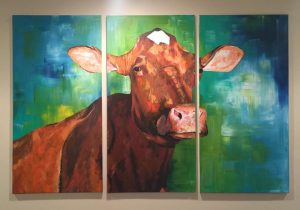 Whenever you see someone doing a successful job of using their talents to build a career, it is human nature to want to understand how they have managed to do it. As a successfully productive artist, Andrea is in the position of not only growing from her own life choices but also being able to help others who wish to start their artistic journey. Her suggestions, like her art, are bold, forthright and forward looking. Here are the three that she urges others to use.
Whenever you see someone doing a successful job of using their talents to build a career, it is human nature to want to understand how they have managed to do it. As a successfully productive artist, Andrea is in the position of not only growing from her own life choices but also being able to help others who wish to start their artistic journey. Her suggestions, like her art, are bold, forthright and forward looking. Here are the three that she urges others to use.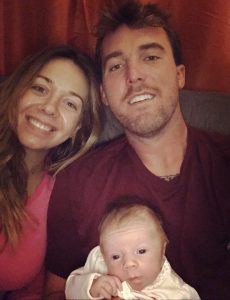 The Artist. The Mother.
The Artist. The Mother.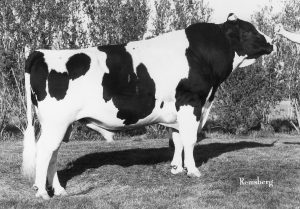
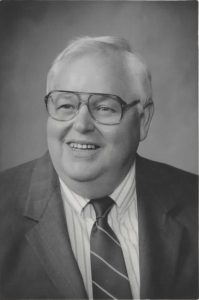
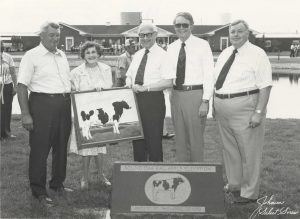 Elevation Made an Impact on Organisations
Elevation Made an Impact on Organisations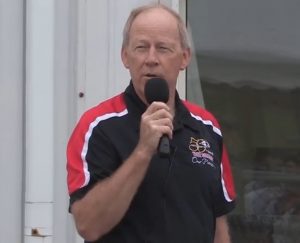

 Election platforms come and go and sometimes the ones that win never get put into action, but Andrew Scheer voiced support for supply management and for abolishing Prime Minister Trudeau’s carbon tax. Rural voters took notice of what he claimed and also were not as supportive of Maxime Bernier’s statements that he wanted to abolish supply management. Thus the expected winner became the election-night loser.
Election platforms come and go and sometimes the ones that win never get put into action, but Andrew Scheer voiced support for supply management and for abolishing Prime Minister Trudeau’s carbon tax. Rural voters took notice of what he claimed and also were not as supportive of Maxime Bernier’s statements that he wanted to abolish supply management. Thus the expected winner became the election-night loser.



